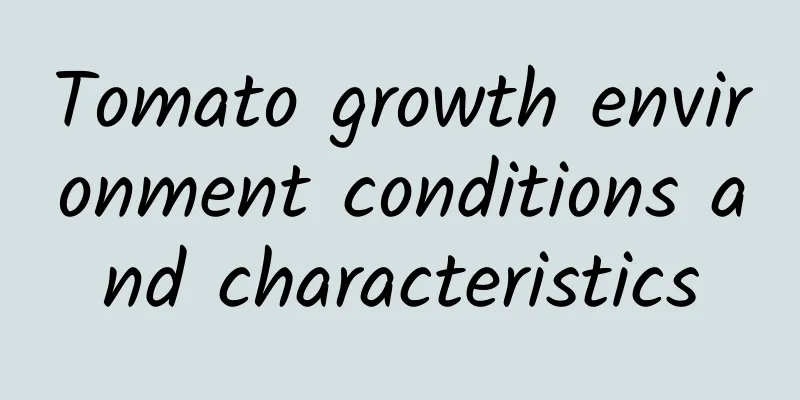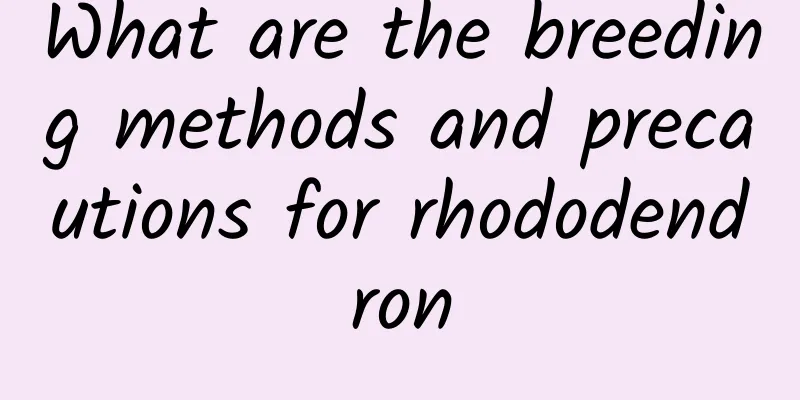High-yield planting technology of apple

|
Apples occupy a prominent position in the fruit market and are widely loved by people. There are thousands of varieties, each varying in size, color, aroma, and surface smoothness. Many varieties of apples are high in sugar. In addition to being eaten directly, apples can also be used in a variety of cooking methods and are often used as pastry fillings. Among them, apple filling scones are a very famous and delicious dessert. The market demand for apples is stable, and the planting prospects are relatively good. Let’s learn about the high-yield apple cultivation technology below. 1. Cultivate large seedlings Growing larger seedlings can help increase the yield of apple trees. A base for breeding large apple tree seedlings can be established, keeping the spacing between seedlings at 1-1.5 meters and maintaining appropriate row spacing. Transplanting after successful seedling raising can avoid problems such as fruits maturing too late, being too small, or being uneven in size. In addition, you can also use large seedlings in nutrient pots, transplant the seedlings into a container with a diameter of about 40 cm, and add a nutrient matrix rich in organic matter, rooting powder and other substances to ensure rapid growth of the seedlings. After one year of cultivation, when the seedlings are strong, the nutrient pots can be removed and the seedlings can be transplanted to the field for cultivation. 2. Plastic and pruning When the apple tree grows to a certain stage, the branches are pruned, cut, and thinned according to the growth of the fruit tree to control the growth shape of the fruit tree and keep the trunk upright. The shaping and pruning of apple trees should adopt different methods according to the growth stage. In the early stages and fruiting stages, pruning should be reduced to improve fruit quality. Fruit trees in different growth conditions should be treated differently. For fruit trees of suitable age but with lower yields, winter pruning can be delayed appropriately and pruning can be performed after bud break to stabilize tree growth. In vigorously growing trees, in addition to cutting back winter branches, you also need to prune other branches after bud break. For trees that have entered the fruiting period, if there are too many flowers, some medium-length flower branches can be cut off to reduce the number of rope branches and the number of flower branches. 3. Management measures The high yield of apple trees is inseparable from scientific management, especially in autumn and winter, when young fruit trees may be affected by insufficient soil nutrients, resulting in reduced fruit production in the later stages. Therefore, it is particularly important to strengthen the management of young fruit trees. The orchard can be deep-plowed to a depth of about 40-50 cm, and fertilizers such as manure, compost, and ditch mud can be applied to the plant holes, while watering is done to keep the soil moist. To improve soil fertility, nitrogen-based fertilizers can be added. After the flower buds of fruit trees emerge, other fertilizers can be added to reduce fruit drop. At the same time, the garden is covered with 8-10 cm thick straw and crushed soil to prevent soil erosion and enhance drought resistance. 4. Dwarfing fruit trees Dwarfing fruit trees is designed to prevent apple trees from becoming too leggy as they grow. Dwarfing fruit trees can meet the sufficient sunlight and ventilation conditions required by fruit trees, thereby improving yield and quality. Dwarf fruit trees can be cultivated using dwarf rootstock and dense planting technology, using dwarf rootstock or dwarf rootstock intermediate rootstock to make the grafted tree varieties short and compact. Use root pruning method to keep the tree slender and spindle-shaped, prune overly long branches in time to maintain the natural shape of the tree and allow the branches and leaves inside the tree to receive sufficient sunlight. 5. Pest and disease control Brown spot disease: Spray before the rainy season and as soon as possible after the flowers fall. When spraying pesticides in the rainy season, in order to prolong the efficacy of the pesticide, 2000-3000 times of adhesive can be added to the pesticide. Leaf spot disease: The disease usually occurs in late June, with the peak period from early July to early August. You can spray 1000 times of 50% chlorhexidine wettable powder + melon fruit and vegetable stimulant or 500 times of 70% mancozeb wettable powder + melon fruit and vegetable stimulant for prevention and control. After the winter pruning is completed, start checking the branches and trunks for rot from mid-February. For the affected areas, you can use a mixture of 10-degree Baume lime sulfur and 100 times the diluted "Tree Protector" to form a protective film. 6. Reasonable fertilization Soil nutrients alone cannot meet the growth needs of fruit trees, and appropriate fertilization is required to increase yield and quality. Fertilization should be based on the growth laws and actual growth conditions of fruit trees. Typically, fertilize four times a year. Fertilize in early April before flowering or budding, and again after mid-May. These two methods of fertilization can effectively promote the germination and flowering of fruit trees, prevent excessive consumption of nutrients due to flowering, and increase the fruit setting rate. From early May to early June, apply potassium fertilizer to promote flower bud differentiation and young fruit expansion. Apply base fertilizer in mid-September to lay the foundation for the development and growth of fruit trees next year, ensure the photosynthesis of fruit trees before harvest, and increase the accumulation of nutrients. Pay attention to site selection when applying fertilizer. 7. Thinning flowers and fruits Apple trees should be thinned out as early as possible to save nutrients, facilitate the formation of large fruits, and promote the growth of spring shoots to make up for winter deficiencies. In mid-to-late April, select denser inflorescences with a spacing of about 20 cm, retain the central flower and one side of the flower, and completely remove the other flowers. This treatment can make the fruit trees grow healthier and avoid problems such as small fruits. The above is an introduction to the key points of high-yield apple tree planting techniques. Every link in apple tree planting is very important. Generally, apple tree seedlings are planted directly because it takes too much effort to cultivate from seeds.
|
<<: During the Dendrobium repotting season, can I add base fertilizer when repotting?
Recommend
Can creeper be transplanted in winter? How low of a temperature can it withstand in winter?
1. Is it possible to transplant? You can transpla...
Can the soil of Clivia be changed in winter? (How to change the pot and soil of Clivia in winter)
Can I change the potting soil of Clivia in winter...
What fertilizer should be used to fertilize dragon fruit so that it can grow quickly? What fertilizer do you like?
Fertilizer is an indispensable part for pitaya. I...
Can the red spider lily bloom in the same year after division? How to divide the red spider lily
1. Did it bloom that year? The red spider lily ca...
When is the best time to prune jade trees?
Pruning effect of jade tree Pruning and shaping t...
How to propagate Tillandsia and what to pay attention to
How to reproduce Tillandsia The most common metho...
Necessary tools and materials for cuttings
Medium used for cuttings When it comes to the med...
Flowering period regulation of Cineraria
When does Cineraria bloom? The flowering period o...
The efficacy and function of fireweed
1. For garden use The leaves of willow herb are s...
Jacaranda's growing environment and local conditions
Jacaranda Growth Environment and Conditions Jacar...
What are the cultivation methods and precautions of chrysanthemum
Chrysanthemum Introduction Chrysanthemum is a pla...
What to do if hydrangea root rots
1. Replace the soil Reason: Hydrangea likes to gr...
How often should you water your agave?
How often should you water your agave? When water...
Cultivation methods and precautions of Rhododendron red camellia
Rhododendron red camellia is a relatively easy-to...
How to keep seeds of Nepeta and how to plant them
How to save seeds of Nepeta When planting, select...









